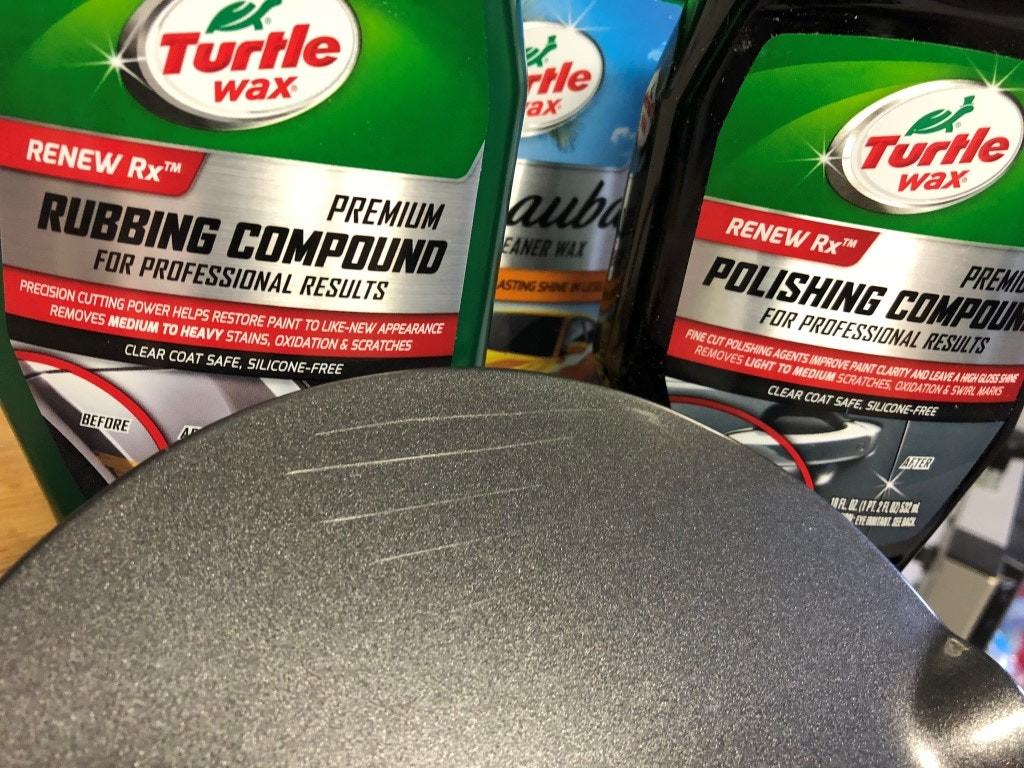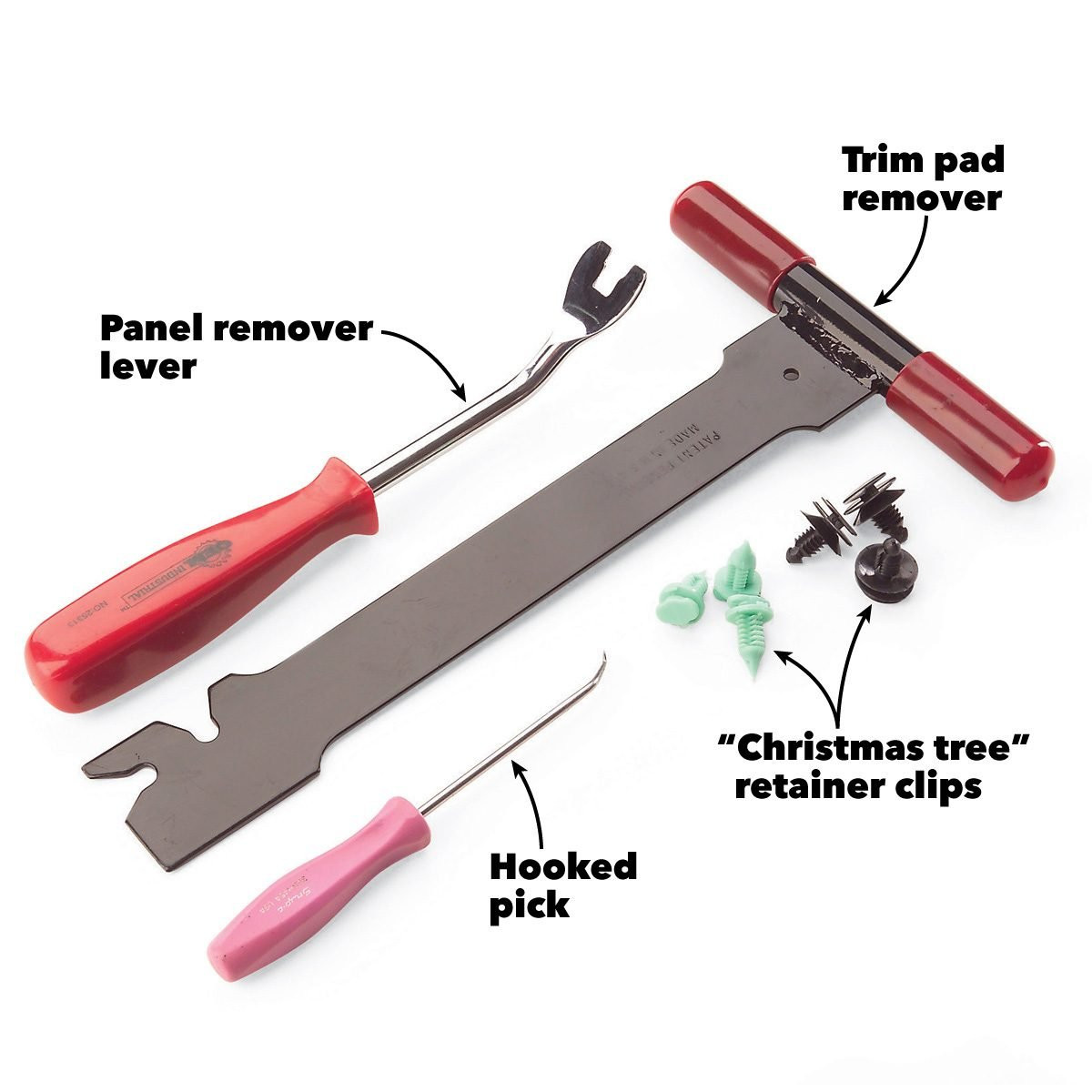**How to Fix Bad Fuel in Car: A Comprehensive Guide**
Dealing with bad fuel in your car can be a frustrating experience, but CARDIAGTECH.NET is here to help you navigate this issue effectively. This guide will walk you through the most effective methods to treat and prevent bad fuel in your car, ensuring your vehicle runs smoothly and efficiently. By understanding the causes, symptoms, and solutions, you can maintain your car’s performance and longevity, addressing fuel contamination and rejuvenating your fuel system with the right fuel additives and system cleaners.
Table of Contents
- Why Gas Goes Bad in the Car
- Symptoms of Bad Gas in a Car
- Preventive Measures to Avoid Bad Gas
- A Step-by-Step Guide to Treat Bad Gas in Your Car
- When to Seek Professional Help
- Long-Term Solutions for Fuel Quality Management
- Conclusion
- FAQs
1. Why Does Gas Go Bad in a Car?
Why does gasoline degrade over time, and what factors contribute to this process? Gasoline’s degradation is primarily due to oxidation, contamination, and improper storage.
Oxidation occurs when gasoline is exposed to oxygen, leading to the formation of gum and varnish. Contamination can involve water, dirt, debris, or other chemicals, reducing fuel quality. Improper storage conditions, such as high temperatures and prolonged storage, accelerate degradation. According to a study by the University of California, Berkeley, oxidation can reduce gasoline’s octane rating by 2-3 points within six months of storage.
- Oxidation: Exposure to oxygen creates gum and varnish.
- Contamination:
- Water leads to phase separation.
- Dirt and debris clog filters and injectors.
- Chemicals alter the fuel composition.
- Improper Storage:
- High temperatures accelerate oxidation.
- Exposure to air increases oxidation and contamination.
- Extended storage leads to chemical breakdown.
2. What are the Symptoms of Bad Gas in a Car?
What are the key indicators that your car’s fuel has gone bad, and how can you recognize them early? Common symptoms include engine misfires, poor acceleration, unusual engine noises, decreased fuel economy, and the check engine light illuminating.
Engine misfires occur due to improper combustion, while poor acceleration results from ineffective fuel. Unusual noises like knocking indicate lower octane or contaminated fuel. A sudden drop in miles per gallon suggests inefficient fuel burning. Modern vehicles use sensors that can trigger the check engine light when fuel system issues arise. A study by the American Automobile Association (AAA) found that using bad gas can reduce fuel efficiency by up to 10%.
- Engine Misfires and Stalling: Improper combustion leads to rough idling.
- Poor Acceleration: Car hesitates or struggles to accelerate.
- Unusual Engine Noises: Knocking or pinging sounds indicate improper combustion.
- Decreased Fuel Economy: Sudden drop in miles per gallon.
- Check Engine Light: Sensors detect fuel system issues.
Identifying these symptoms early can prevent significant damage to fuel injectors, pumps, and filters. Regular maintenance and prompt attention to these signs ensure your car’s health and longevity.
3. What Preventive Measures Can Avoid Bad Gas?
How can you proactively prevent fuel degradation and maintain the quality of the gasoline in your vehicle? Preventive measures include proper gasoline storage, regular vehicle maintenance, using fuel stabilizers, and monitoring fuel sources.
Store gasoline in clean, airtight containers designed for fuel storage. Keep fuel in a cool, dry place away from direct sunlight and limit storage time to 3-6 months. Schedule regular servicing to maintain the fuel system’s optimal condition and replace fuel filters regularly. Use fuel stabilizers for vehicles not frequently used to prevent oxidation and chemical breakdown. Purchase gasoline from reputable stations and avoid refueling when underground tanks are being filled. According to the U.S. Department of Energy, using proper storage techniques can extend gasoline’s life by up to 12 months.
- Proper Storage of Gasoline:
- Use clean, airtight containers.
- Store in a cool, dry place away from sunlight.
- Limit storage time to 3-6 months.
- Regular Vehicle Maintenance:
- Schedule regular servicing.
- Replace fuel filters regularly.
- Check and clean fuel injectors periodically.
- Use Fuel Stabilizers:
- Add to vehicles not used frequently.
- Prevents oxidation and chemical breakdown.
- Monitor Fuel Sources:
- Purchase from reputable stations.
- Avoid refueling during tank refills.
Following these steps will significantly reduce the risk of fuel degradation, ensuring your vehicle operates smoothly and efficiently.
4. What is a Step-by-Step Guide to Treat Bad Gas in Your Car?
How can you effectively treat bad gas in your car to restore its performance and efficiency? Treating bad gas involves diluting old gas with new gas and using fuel additives and system cleaners.
4.1. Diluting Old Gas with New Gas
What is the procedure for diluting bad gas with fresh gasoline to improve fuel quality? Diluting old gas with new gas involves calculating the required amount of fresh gas, adding it to the tank, and mixing the solution thoroughly.
For every gallon of old gas, add three gallons of fresh gas. If the tank isn’t full, add the fresh gas directly. If there’s a significant amount of bad gas, siphon some out to create space. Mix by gently rocking the car or stirring the tank if the gas is stored externally. Test the mixture by starting the car and monitoring its performance. According to CARDIAGTECH.NET experts, this method can restore up to 80% of the fuel’s original quality.
- Calculate the amount of fresh gas needed (3:1 ratio).
- Add fresh gas to the fuel tank.
- Mix the old and new gas by rocking the car.
- Test the effectiveness by monitoring the car’s performance.
4.2. Using Fuel Additives and System Cleaners
How do fuel additives and system cleaners help in treating bad gas, and how should they be used? Fuel additives and system cleaners help clean fuel injectors, carburetors, and the entire fuel system, targeting water removal and stabilization.
Select an additive designed for cleaning fuel injectors and systems. Add it to the fuel tank according to the product label’s instructions, typically before filling up with gas. Drive the car for the recommended mileage to allow the additive to circulate and clean the system. Observe changes in vehicle performance, such as improved engine response and fuel efficiency. CARDIAGTECH.NET recommends using additives with PEA (polyether amine) for optimal cleaning.
- Select the right fuel additive or system cleaner.
- Add the additive to the fuel tank per instructions.
- Drive the car for the recommended mileage.
- Evaluate the effectiveness by observing performance improvements.
4.3. Safety Precautions and Best Practices
What safety measures should be followed when treating bad gas in your car to ensure a safe and effective process? Always work in a well-ventilated area and avoid smoking or open flames. Wear protective gloves and eyewear to prevent skin and eye contact. Dispose of old gasoline responsibly and consult a professional if unsure about any part of the process. The National Fire Protection Association (NFPA) emphasizes the importance of proper ventilation and protective gear when handling gasoline.
- Work in a well-ventilated area.
- Avoid smoking or open flames.
- Wear protective gloves and eyewear.
- Dispose of old gasoline responsibly.
- Consult a professional if unsure.
5. When to Seek Professional Help
When is it necessary to consult a professional mechanic for bad gas issues, and what are the key indicators? Seek professional help for persistent performance issues, safety concerns, and advanced fuel system repairs.
If symptoms like stalling, misfiring, or poor acceleration persist after treatment, an expert can diagnose underlying issues. If you’re not confident in handling fuel systems, it’s safer to consult a professional. Complex repairs like replacing a fuel pump or cleaning clogged injectors require specialized tools and expertise. According to a survey by the National Institute for Automotive Service Excellence (ASE), 80% of vehicle owners prefer professional help for complex fuel system issues.
- Persistent performance issues after treatment.
- Safety concerns when handling fuel systems.
- Advanced fuel system repairs needed.
6. What Long-Term Solutions Can Help with Fuel Quality Management?
What strategies can ensure the longevity and performance of your vehicle by maintaining fuel quality over the long term? Long-term solutions include regular fuel system checks, using high-quality fuel, educating yourself about your vehicle, and regularly updating fuel filters.
Incorporate fuel system inspections into your maintenance schedule to check for wear or contamination. Opt for premium fuels with detergents and additives to clean and protect the engine. Understand your vehicle’s specific fuel requirements from the owner’s manual and stay updated on best practices. Change fuel filters as recommended by the vehicle manufacturer to prevent contaminants. A study by the Environmental Protection Agency (EPA) found that using high-quality fuel can improve engine life by up to 20%.
- Regular Fuel System Checks:
- Inspect the tank, lines, and filters for wear or contamination.
- Using High-Quality Fuel:
- Choose premium fuels with detergents and additives.
- Research fuel types and brands for quality and consistency.
- Educate Yourself About Your Vehicle:
- Understand specific fuel requirements from the owner’s manual.
- Stay updated on the latest vehicle care recommendations.
- Regularly Update Fuel Filters:
- Change fuel filters as recommended to prevent contaminants.
7. Conclusion
What are the key takeaways for effectively managing and treating bad gas in your car? Treating bad gas effectively involves understanding the causes and symptoms, implementing the right procedures, and maintaining a proactive approach to fuel quality management. Diluting old gas with new, using quality fuel additives, and regular check-ups are crucial for maintaining your car’s performance and avoiding engine troubles. With the right knowledge and strategies, you can ensure your car runs smoothly and reliably for years to come. Remember, CARDIAGTECH.NET is here to provide the tools and expertise you need for all your automotive maintenance requirements.
8. FAQs
8.1. Can I use fuel additives to treat bad gas in my car?
Can fuel additives effectively treat bad gas, and how do they work? Yes, fuel additives can be effective in treating bad gas by helping clean the fuel system and enhancing gasoline quality, ultimately improving engine performance.
8.2. How often should I replace fuel filters to prevent bad gas issues?
What is the recommended frequency for replacing fuel filters to prevent bad gas problems? Fuel filters should be replaced every 15,000 to 30,000 miles to prevent bad gas issues. Always check your vehicle’s manual for specific recommendations.
8.3. Is it safe to drive with bad gas in my car?
What are the risks of driving with bad gas, and what actions should you take if you suspect bad fuel? Driving with bad gas can harm your engine. If you suspect bad gas, treat it immediately or seek professional help to avoid potential damage.
8.4. Can bad gas cause permanent damage to my car’s engine?
What is the potential for permanent engine damage from bad gas, and how can it be prevented? Yes, bad gas can cause permanent damage to your car’s engine, especially if the issue is not addressed promptly, leading to costly repairs.
Are you facing challenges with bad gas in your car? Contact CARDIAGTECH.NET for expert advice and high-quality tools to resolve your fuel system issues efficiently. Our team is ready to assist you with the best solutions tailored to your needs.
Contact Information:
- Address: 276 Reock St, City of Orange, NJ 07050, United States
- WhatsApp: +1 (641) 206-8880
- Website: CARDIAGTECH.NET
Don’t let bad gas compromise your car’s performance. Reach out to CARDIAGTECH.NET today and ensure your vehicle runs at its best!








